With nearly 100 million speakers around the globe, German is one of the most widely spoken languages in the world.
What’s more, its long history spans over millennia, which underscores the resilience and adaptability of the German language.
However, what makes this language unique is its dialects. They are also what makes German so challenging not only for language learners but also for native speakers.
German dialects can baffle even natives due to their unique pronunciation, vocabulary, and grammar.
Fascinating, right?
If you want to learn more about the origins of the German language and its dialects, keep reading.
In this blog, we’ll dive into the history of the language of Goethe, look into its major dialects and finally, we will try to understand to what extent the German dialects are mutually intelligible.
Connect with your german customers in their native languages
Milestone helps you seamlessly translate content & localize your website, products, and services for more reach, better conversions, and greater sales.
Origins of German
The German language we know today is believed to have its roots in the Proto-Germanic language.
In the early Common Era, Germanic tribes located on the territory of modern-day Germany, Switzerland, Austria, and Scandinavia used Proto-Germanic to communicate with each other.
Due to centuries of migration, cultural exchange, and clashes between these Germanic tribes, the Proto-Germanic language evolved into various dialects.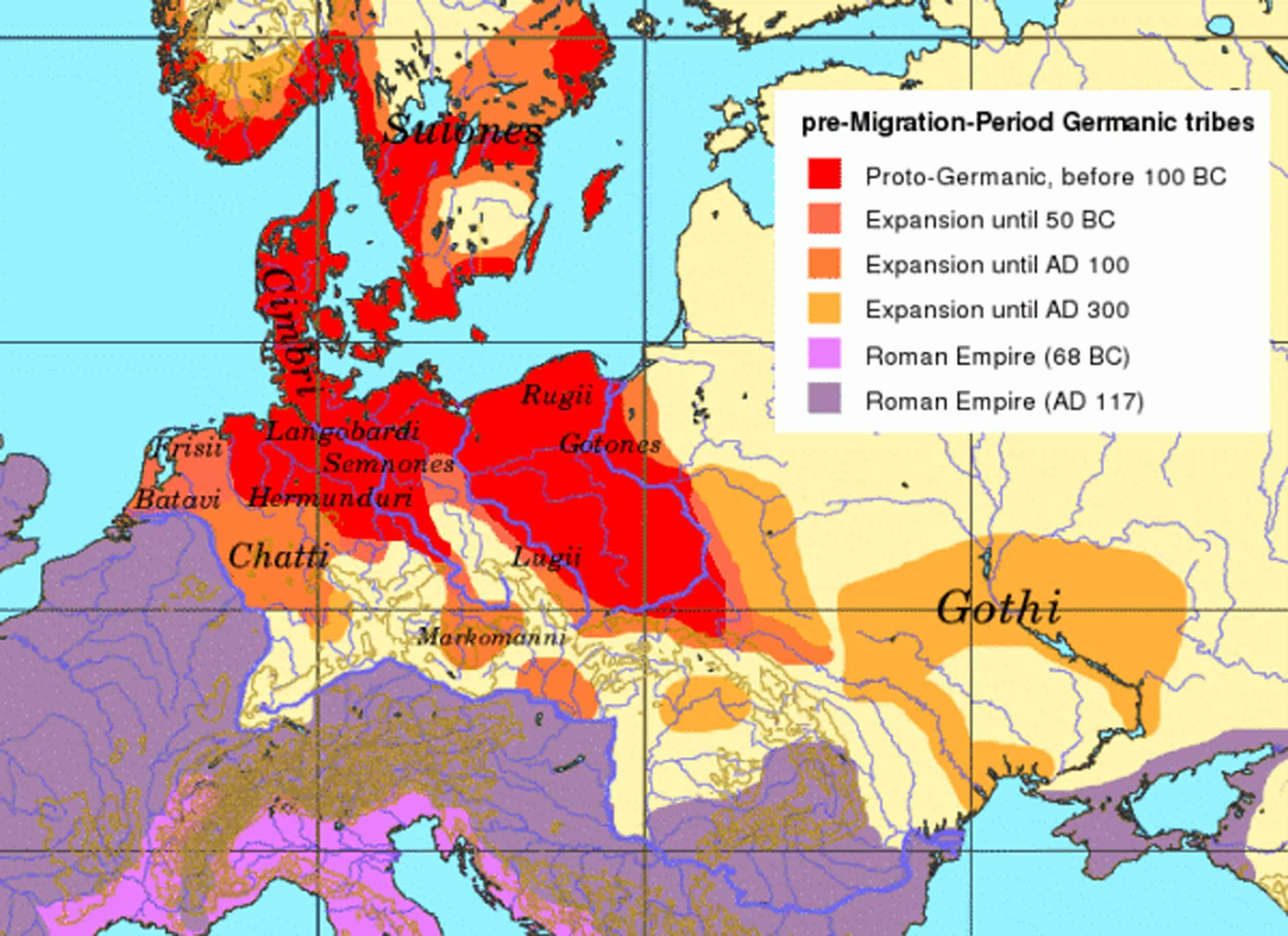
Later, the Roman Empire’s expansion led to intensified trade and occasional conflicts with the Germanic tribes. This in turn exposed the Germanic tribes to Latin and Greek, which were widely used in the Roman Empire.
As a result, several Latin and Greek loanwords and linguistic features found their way into the Proto-Germanic language.
As the Germanic tribes moved and settled in different regions in Europe, their languages evolved into distinct dialects, such as Old High German and Old Saxon.
Throughout history, these dialects then developed into more standardized varieties and distinct languages.
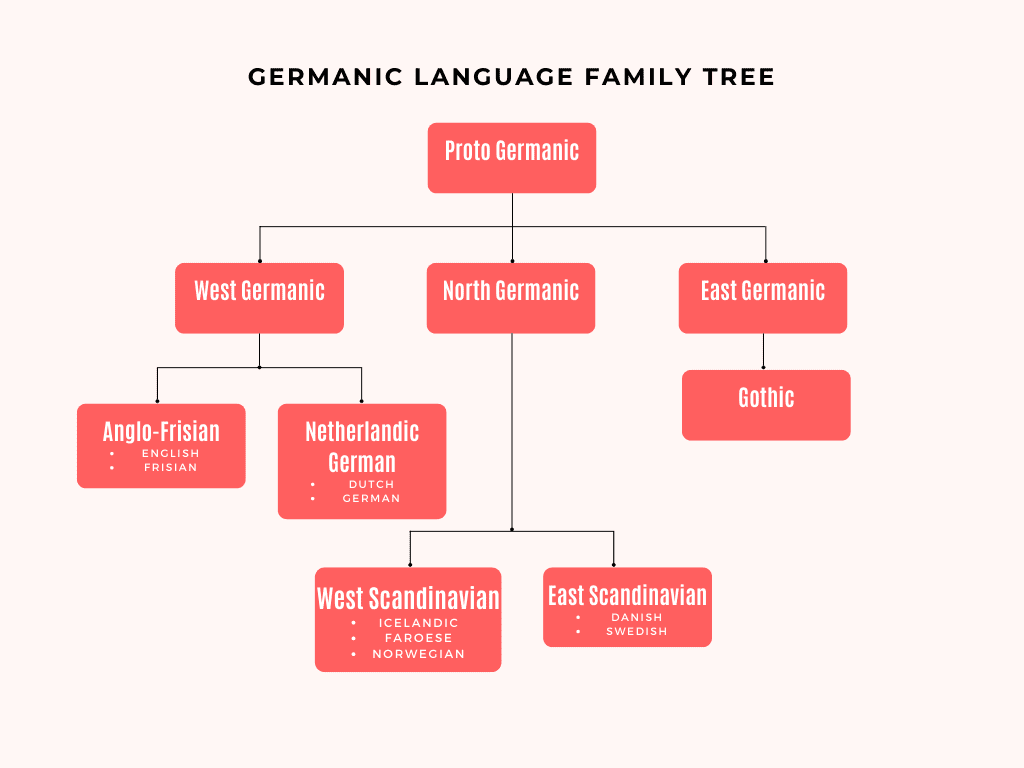
Also read: Germanic Languages: Origin, Similarities & Differences
The period between the 6th and 11th centuries marks the Old High German period during which notable works such as “Ludwigslied” and “Hildebrandslied” were written. They served as the basis for the initial standardization of the German language and its recognition as a literary tradition.
In the 16th century, Martin Luther’s translation of the Bible into German emerged which in turn played a pivotal role in shaping the German language.
More specifically, Luther incorporated dialects and vernacular expressions which made the Bible accessible to the common people.
Subsequently, Luther’s translation of the Bible facilitated, on the one hand, literacy among the common German people while, on the other, providing a language standardization which served as the basis for the unification and codification of the German language.
This standardized form became known as Lutherdeutsch and established the language as a distinct literary medium.
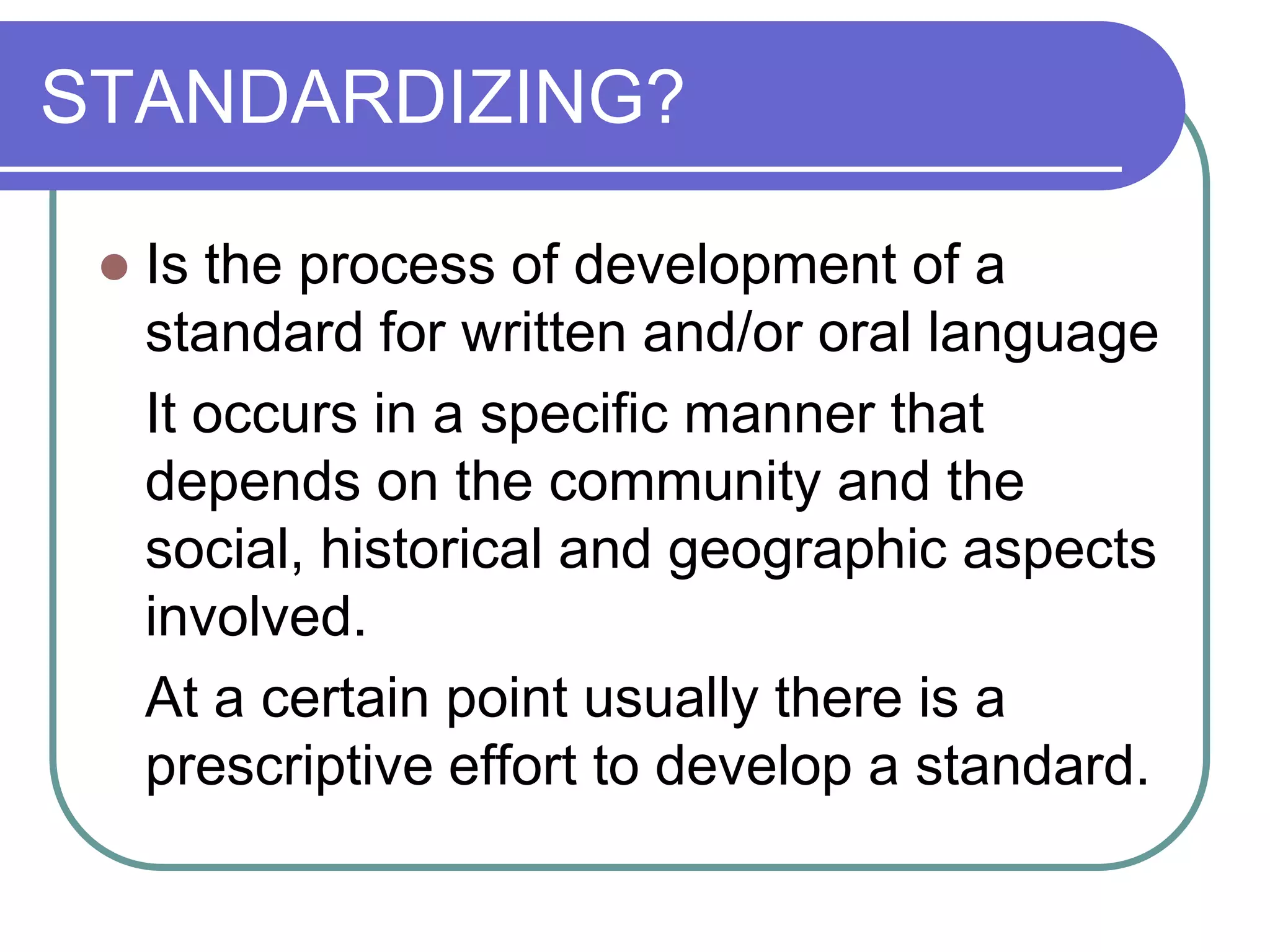
Also read: German VS Polish – How Different Are These Two Languages?
Today, German is spoken by millions of people around the globe. It serves as the official language of Germany, Switzerland, Austria, and Liechtenstein. It also enjoys recognition as a minority language in several other countries, such as Italy, Namibia, Brazil, etc.
What’s more, German plays a crucial role in several fields, such as science, technology, and arts.
As for its dialects, they continue to be part of the linguistic landscape and are an integral part of the regional and national cultural heritage of their speakers.
Number of German speakers around the world
The most German native speakers are located in Germany, Austria, Switzerland, Liechtenstein, Luxembourg, and parts of Belgium and Italy. Furthermore, there are big German-speaking communities in the US, Canada, Argentina, Brazil, and Australia.
In Europe, the German language is an official language in Germany, Austria, Switzerland, and Luxembourg, and is regionally recognized in Belgium and Italy.
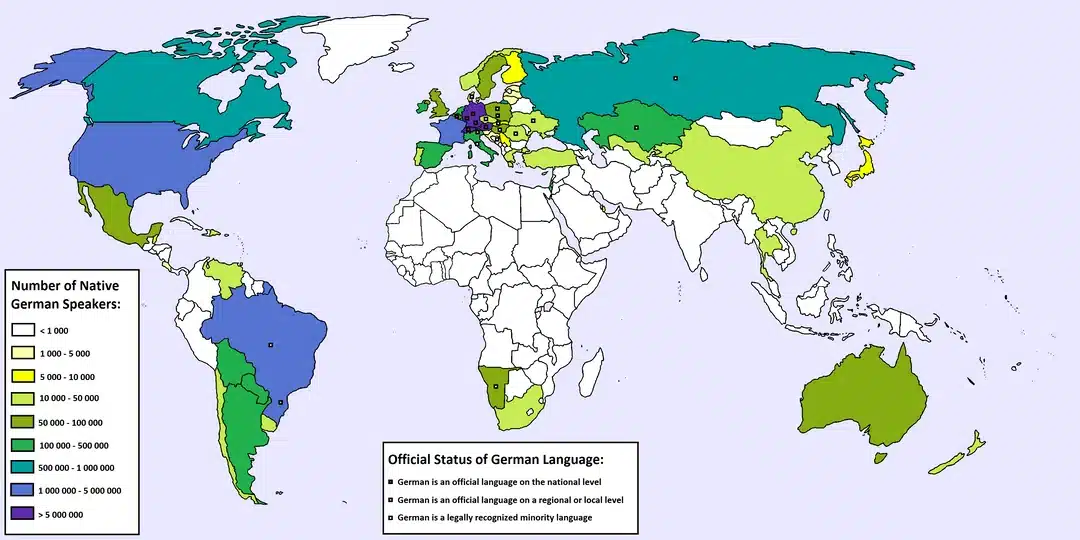
Regarding its number of speakers, German boasts nearly 100 million native speakers worldwide.
Germany alone is home to over 80 million German native speakers. Austria and Switzerland have approximately 9 million and 4.5 million native speakers, respectively. In Luxembourg, despite its small size, there are about 390,000 native speakers.
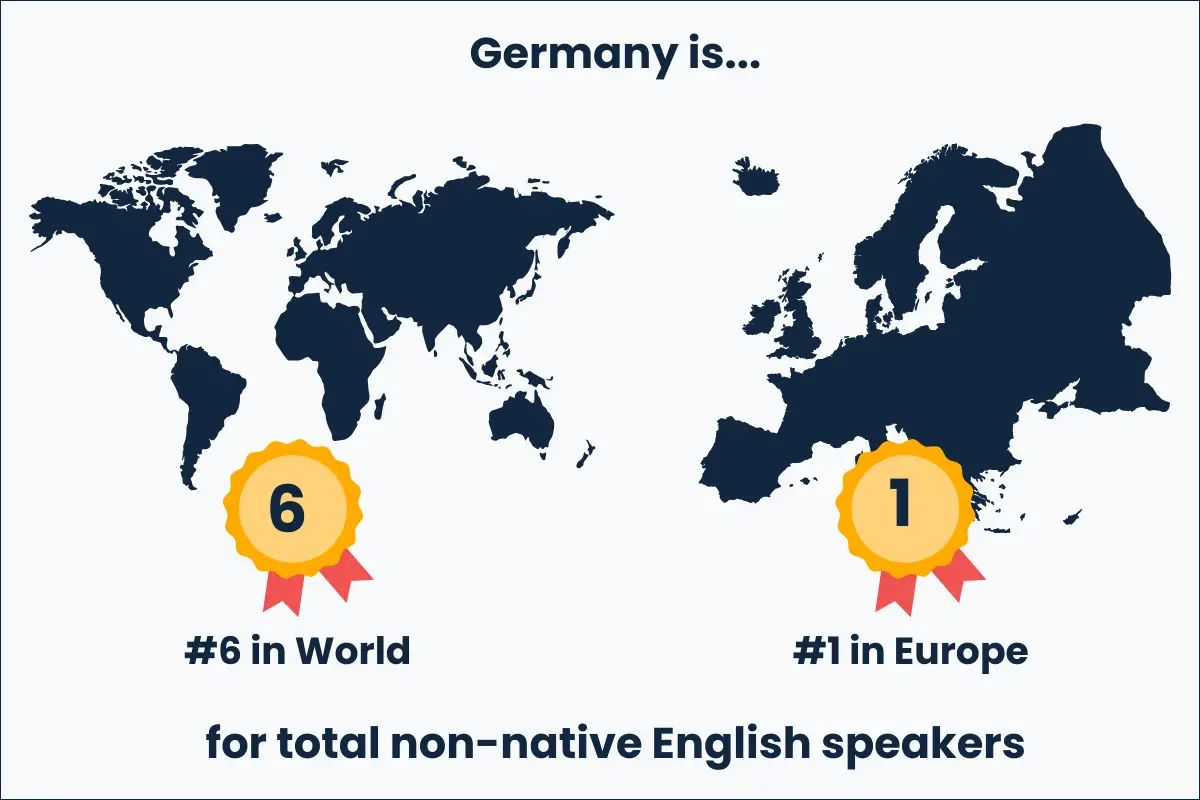
Also read: German vs Russian: Which Language Has a Brighter Future?
In addition, German is a second language for many people around the globe. It is learned by many people as a second language at school, particularly in Europe, Asia, and the US.
Overall, the total number of German speakers, including both native and non-native speakers, exceeds 130 million worldwide. This makes German one of the most spoken languages globally.
High German vs Low German
The terms High German and Low German differentiate between the two major groups of German dialects.
High German, for example, refers to the dialects spoken in the central and southern parts of Germany. What’s more, the term is commonly used to denote the official, standardized form of the German language.
The German dialects are spoken predominantly in the northern parts of Germany.
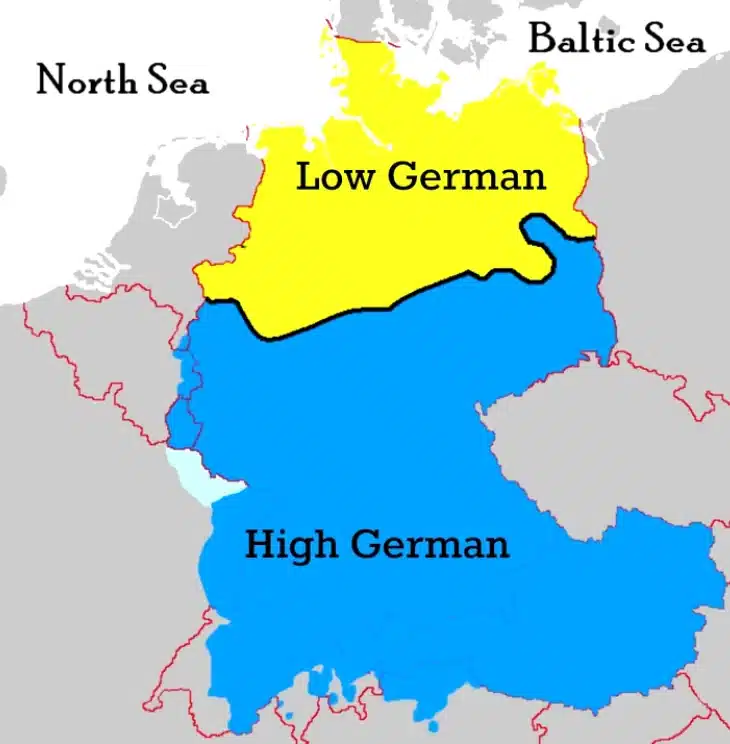
Also read: Things to Consider When Localizing for the German Market
The biggest difference between these two dialect continuums boils down to the so-called Consonant Shift. The differences between these two varieties lay mainly in the pronunciation since Low German did not undergo the Consonant Shift.

The differentiation between high and low stems from the fact that High German comes from mountainous regions with higher altitudes while Low German, as one could assume, is more common for low-altitude areas.
Connect With Your German Customers In Their Native Languages
Milestone helps you seamlessly translate content & localize your website, products, and services for more reach, better conversions, and greater sales.
Major German dialects
According to some linguists, there are as many as 250 German dialects. However, some of them have less than a few hundred speakers.
Here we have some of the major German dialects:
Bavarian dialect (Bayerisch)
Bavarian is spoken mainly in the southeastern region of Germany, particularly in the state of Bavaria, as well as parts of Austria.
Bavarian is one of the most distinctive German dialects. It is well-known for its strong regional identity and differences from standard German.
Bavarian is spoken by approximately 14 million people.
Swabian dialect (Schwäbisch)
Swabian is spoken in the southwestern region of Germany, primarily in the state of Baden-Württemberg and parts of Bavaria.
This dialect is characterized by its unique pronunciation and vocabulary.
Swabian is spoken by approximately 8 million people.
Low German (Plattdeutsch)
Low German is spoken in the northern regions of Germany, particularly in the states of Lower Saxony, Schleswig-Holstein, and Hamburg.
It is also spoken in parts of the Netherlands and Denmark.
Low German has several regional variations and is spoken by around 5 million people.
Alemannic (Alemannisch)
Alemannic denotes a group of dialects that are spoken in the southwestern parts of Germany, Switzerland, the Austrian regions Vorarlberg and west Tirol, parts of Liechtenstein, and Alsace in France.
This group includes dialects such as Alsatian, Swiss German, and Vorarlbergisch.
Alemannic dialects are spoken by approximately 10 million people.
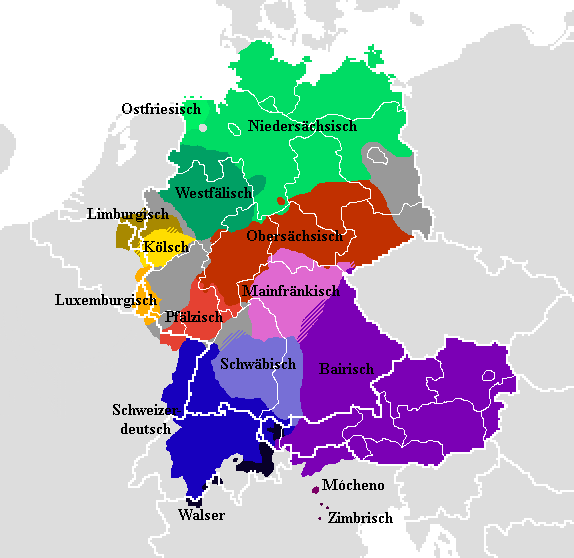
Also read: German eCommerce: A Guide To Translation and Localization
Upper Saxon Dialect (Sächsisch)
The Upper Saxon dialect, also known as Upper Saxon German (Obersächsisch), is spoken in the eastern part of Germany, primarily in the states of Saxony, Saxony-Anhalt, and Thuringia.
It is one of the High German dialects and is known for its distinct pronunciation and vocabulary. However, in the urban areas of the regions where this dialect is spoken, a progressive shift towards Standard German can be observed, which can potentially lead to the extinction of this dialect.
Although there is no data on the number of Upper Saxon dialects, it is spoken by a significant portion of the population in the regions mentioned above.
The Berlin Dialect (Berlinerisch)
Berlin is the capital of Germany. With its rich history and flourishing art scene, it’s grown into an international hub.
Additionally, Berlin offers contemporary art galleries and other museums, making it a cultural haven for visitors. Plus, on the first Sunday of each month, around 60 Berlin museums offer free admission!
So, similarly to Obersächsisch, the Berlin dialect is slowly fading away.
Due to the globalization of Berlin, only a few people stay there for their entire lives. Thus, they do not acquire the Berlin dialect or simply do not use it anymore.
The prominence of standard German in education also diminishes from its popularity.
Viennese (Wienerisch)
The Viennese dialect, also known as “Wienerisch” or “Wiener Dialekt,” is spoken in Vienna, the capital city of Austria.
Viennese dialect speakers can be found across various demographics in Vienna, ranging from older generations who may use it predominantly to younger generations who may mix it with Standard German in their everyday speech.
The Viennese dialect remains an important aspect of Viennese culture and identity, contributing to the city’s linguistic diversity and heritage.
Pennsylvania “Dutch” (Pennsilfaanisch Deitsch or Pennsylvaniadeutsch)
Not many know that Pennsylvania Dutch is a German dialect.
“Dutch” is supposed to be “Deutsch”.
Formed by German immigrants, this American minority language is still alive on the Eastern coast.
Of course, keep in mind that the dialects mentioned here are only the tip of the iceberg. There are numerous other German dialects spoken in different regions, each with its unique characteristics and variations.
Are German dialects mutually intelligible?
German dialects vary widely across different regions.
While German dialects share a common linguistic origin, they show significant variation in terms of pronunciation, vocabulary, and grammar.
This boils down to the fact that Germany as well as other German-speaking countries have a long history of independent city-states and each of them had their dialect.
The geographical fragmentation of the region due to the mountain ranges which are prevalent in these parts of Europe has also played a significant role in shaping the wide array of German dialects.
As one can imagine, since some settlements were located in distant mountain regions, their inhabitants had little to no connection with other dialect/ language speakers. Thus, the local dialects evolved independently and developed their own distinct pronunciation and grammatical features and vocabulary.
Additionally, factors such as migration, urbanization, and cultural differences have led to the evolution and persistence of diverse dialects within German-speaking countries.
As a result, mutual intelligibility among German dialects can vary widely.
Some dialects, like those spoken in neighboring regions, in particular, may exhibit a higher degree of mutual intelligibility. For example, speakers of Bavarian and Swabian dialects, both spoken in southern Germany, may understand each other to some extent.
However, as a general rule, the degree of mutual intelligibility diminishes as the geographical and linguistic distance between dialects increases.
As an example, speakers of Standard German may struggle to understand certain dialects due to the fact that these can differ significantly from the standard language in pronunciation and vocabulary.
Furthermore, mutual intelligibility can be greatly influenced by factors such as exposure and familiarity. Some speakers may find it easier to understand certain dialects based on their experiences or language knowledge.
Overall, while there may be a certain level of mutual intelligibility among some German dialects, particularly those in geographical proximity, understanding can vary widely depending on a number of individual, historical, and geographical factors.
Also read: Nordic Languages: History, Similarities and Differences
Conclusion
Undoubtedly, dialects make a language unique.
German with its wide array of dialects is no exception!
However, German dialects can pose a significant challenge even to German-native speakers. Due to a number of factors, such as geographical proximity, historical background, and individual speakers’ language abilities and experiences, mutual intelligibility can vary significantly across dialects.
Nevertheless, dialects are part of the past, present, and future of the German language, so they will always be integral to the linguistic landscape of the regions and countries where they are spoken.
Connect With Your German Customers In Their Native Language
Milestone helps you seamlessly translate content & localize your website, products, and services for more reach, better conversions, and greater sales.




